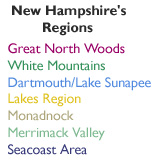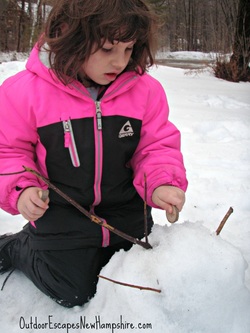 Give the gift of adventure! Click for gift certificate ideas.
Give the gift of adventure! Click for gift certificate ideas.
As a professional guide, I have been asked by many parents and caregivers on how to get children into nature with safety, fun, and learning. I have come up with this list based on both my professional and personal experiences.
1. Make it a family affair; schedule time to be outdoors all year.
Get dressed for the weather and head outdoors with a purpose--birdwatching at sunrise, physical activity for a break during the day or after school/work, an evening stroll, and stargazing at night. Here in the Northeast we enjoy summertime activities such as gardening, walking, hiking, biking, canoeing, kayaking, and camping. In winter we go hiking with snowshoes or snow spikes depending on trail conditions, and cross country or backcountry skiing on groomed or ungroomed trails.
2. Remember the performance triangle: Food, water, and pace.
Paying attention to everyone's physical needs can help keep the party happy. Three things to consider during self-propelled outdoor activities are food, water, and pace. Travel at the pace of the slowest person and take breaks often to adjust layers of synthetic clothing and to have food and water often. Another important point is to teach kids how to pee and poop in the woods. Doing all these things helps maintain body temperature and good judgement, which can prevent problems from grumpiness to serious survival situations.
3. Use your senses, model awareness, and stay outside.
Awareness is a skill that is developed. In enhances our aesthetic experience and it is an important survival skill. "Cool, look at the bubbles beneath the ice!" "Did you hear that red squirrel?" "Mmmmm...do you smell that balsam?" "Feel this moss, what does is remind you of?" It's very easy to get kids curious in this way. They will want to explore and investigate. It's important to allow time for this, especially in very young children. My kids will play in one area for an hour or more.
For adventures on the move such as canoeing and hiking, stopping to take breaks for any reason is a great opportunity to slow down and notice mushrooms, songbirds, and tree roots growing around boulders. Teach respect for nature: Just look at, or handle gently, living things, play with (dead) things like sticks, stones and water, and keep an eye on the weather.
4. Let kids get dirty, take risks, and play with nature.
Leave toys and electronics at home. Children will play with rocks forty different ways, climb trees and logs, and build things with snow, sticks, and mud. Scan the scene for high risks such as gravity, water, and weather issues--a cliff overlook, rotten logs and trees that might fall, river current deeper than a child's knees, and thunder. With freedom, kids will discover new things and move in new ways, making brain connections and strengthening core muscles. It's fun to watch young scientists, artists, gymnasts, and engineers at play in nature. In my opinion, free-play outdoors is the best child-led activity, ever.
As a nature leader, it's a good idea to take lessons in outdoor leadership, survival, and backcountry skills. Older children and teens are usually interested in these skills as well. At the very least, check for ticks every day, teach kids to stay together as a group, and give each person a whistle to use if they get separated.
5. Gather appropriate gear and provisions for each person.
For most outdoor activities, use a comfortable, well-fitted backpack, lined with a plastic bag, to carry food (bite-sized finger-foods work best in summer, and something hot in an insulated container in winter), water, first aid, repair, and survival kits, tissues, insect repellent, sunscreen, glasses, camera, diaper bag items, and layers of synthetic clothing that you're not wearing (wicking next-to-skin layer, fluffy insulating layer, and weatherproof outer layer--don't forget hat, mittens, extra socks, rain jacket and pants). Appropriate footwear is most important, such as hiking boots, sneakers for biking, and paddling shoes. Make a pack list for each activity you do and check it twice before leaving home.
6. Splurge on kids' equipment, or not.
A child can carry their own backpack starting at age 5-8. Here are some child-sized equipment that helps keep the family moving: baby carriers (front), toddler carriers (back), harnesses, strollers, sleds, various types of bike trailers, and pulks, which are basically toboggans with a solid harness to pull behind X-C skis. Find used equipment from online groups, boards, and classifieds, and at local thrift stores, recycling centers, and yard sales. Be sure to inspect the equipment to make sure that all the components are there, it fits properly, and is safe.
7. Consider nutritional fuel.
Active people need food for energy. I'm not a nutritionists but these are things I've been told by professionals over the years and it works for my family. Bring along carbs, proteins, and fats. Bring a source of B vitamins for extended trips--they're supposed to help with emotional stability. If you eat dried snacks, be sure to drink water for easier digestion. If you drink lots of water, have a snack or meal with it so you don't flush out nutrients. Bring big meals or graze on snacks often. Bring enough water with you, or have a way to treat the water that you find in nature before drinking it to prevent illness. In winter bring along (or cook enroute) warm food and drink, and take into consideration bite-sized snacks that are easy to chew when frozen.
8. Share enthusiasm for nature.
Packing up children to leave the house is a lot of work, and I know this because I have two little ones with extra needs, but mentoring a positive attitude about getting into nature regularly is an important part of developing healthy habits. Spending this precious time outdoors allows children to personally know, love, and care about nature. The fun is contagious. It is so worth seeing kids explore the forest with eyes filled with wonder and to hear them create songs about discoveries and their love for nature. These memories just may impact their future decisions regarding lifestyle, career, and their environmental impact.
9. Research locations to explore nearby or farther away.
You can go in your back yard if you're lucky, or you can ask for maps of recreation areas at town/city halls, chambers of commerce, county/state/federal offices, hiking clubs, and conservation centers. There are many regional guide books for nature walks with children, waterfall hikes, paddling lakes and rivers, and winter trails. You can also research locations online, but it's probably best to go first with someone who's "been there." Ask the children where they'd like to go and make a check list of adventures to achieve throughout the year.
10. Hire a guide for a family adventure vacation, take lessons, or go to camp.
If you are not a do-it-yourselfer, at least initially anyways, or you simply want someone else to take care of all the logistical hassles of a trip the first time you try something, or you want to learn something new such as paddling a canoe or kayak, camping, animal tracking, or survival, you can hire a guide or an instructor. These knowledgeable and friendly leaders will ensure that your experiences are safe and fun. Traditional summer youth camps and local conservation/nature center programs are also a great option for getting kids into nature.

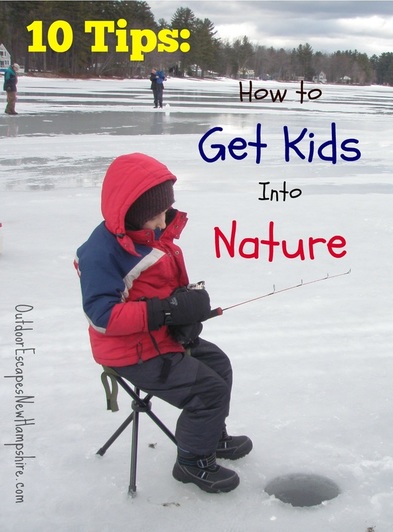
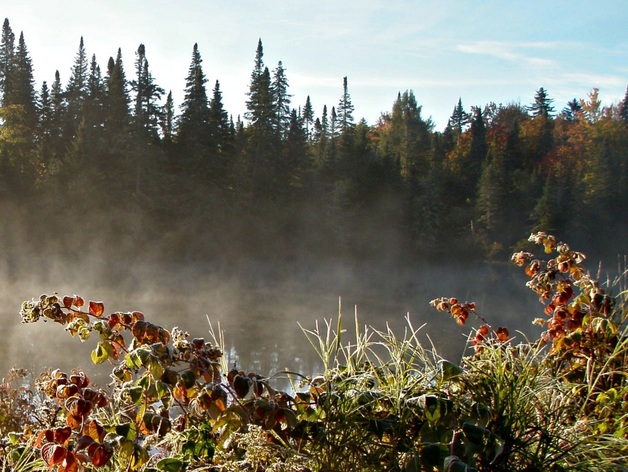

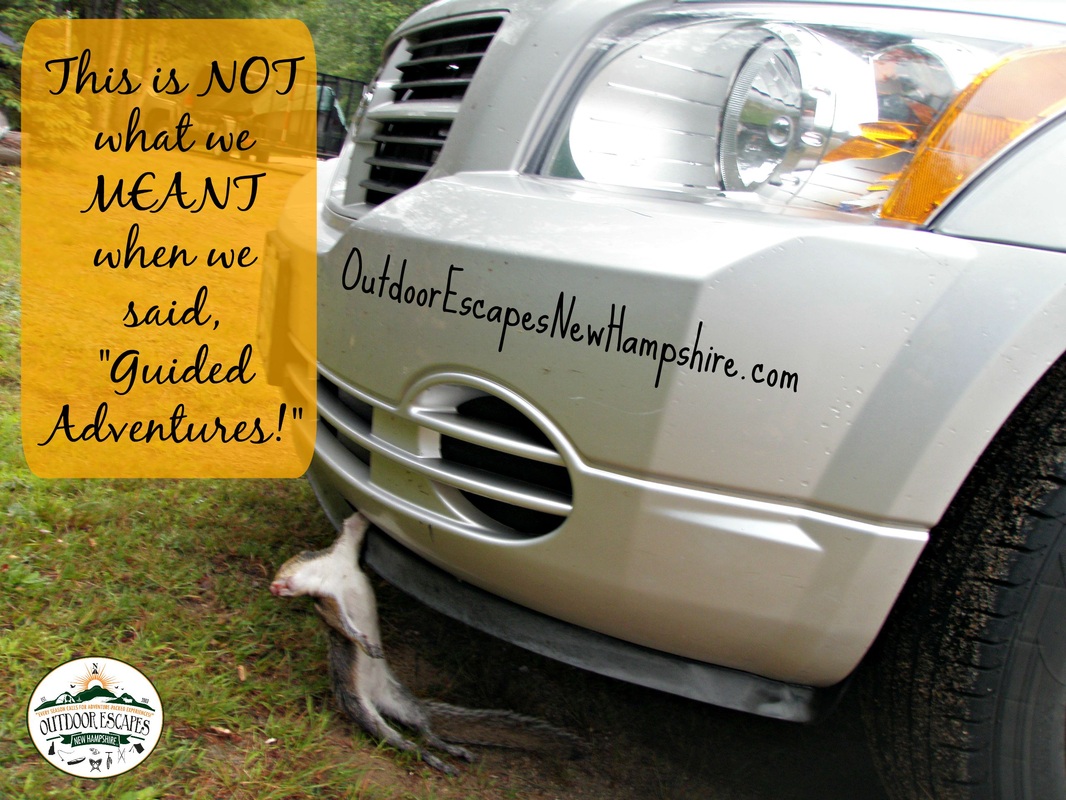
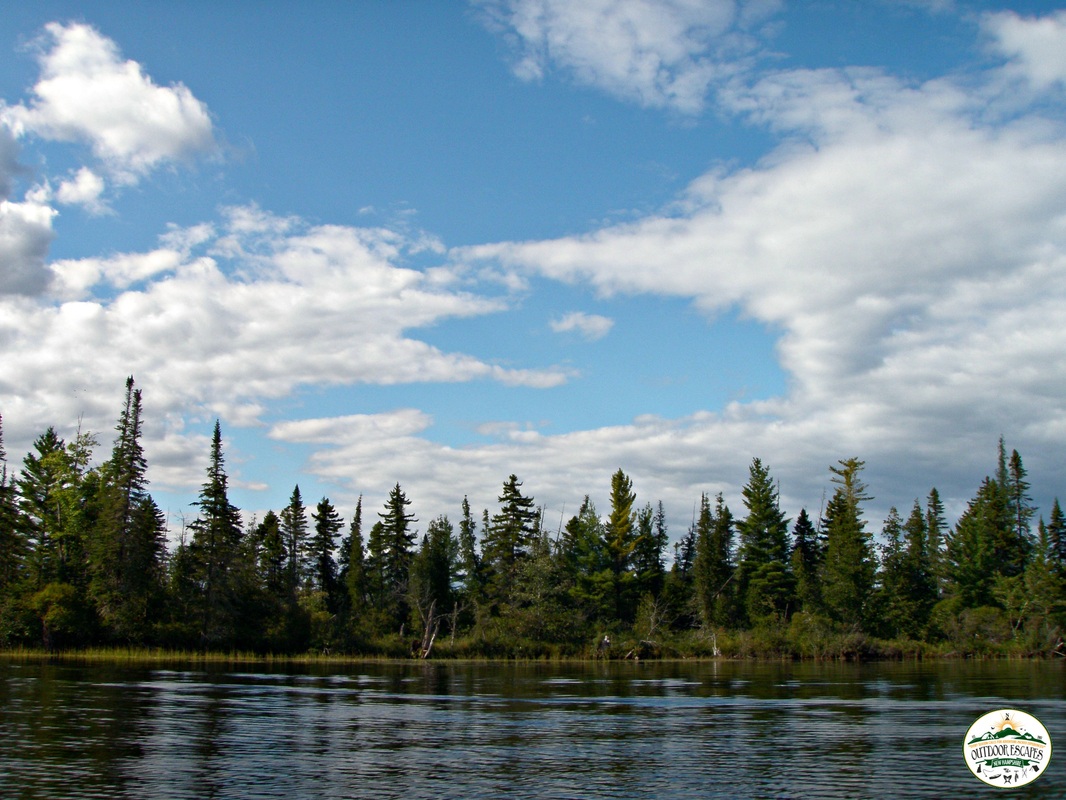
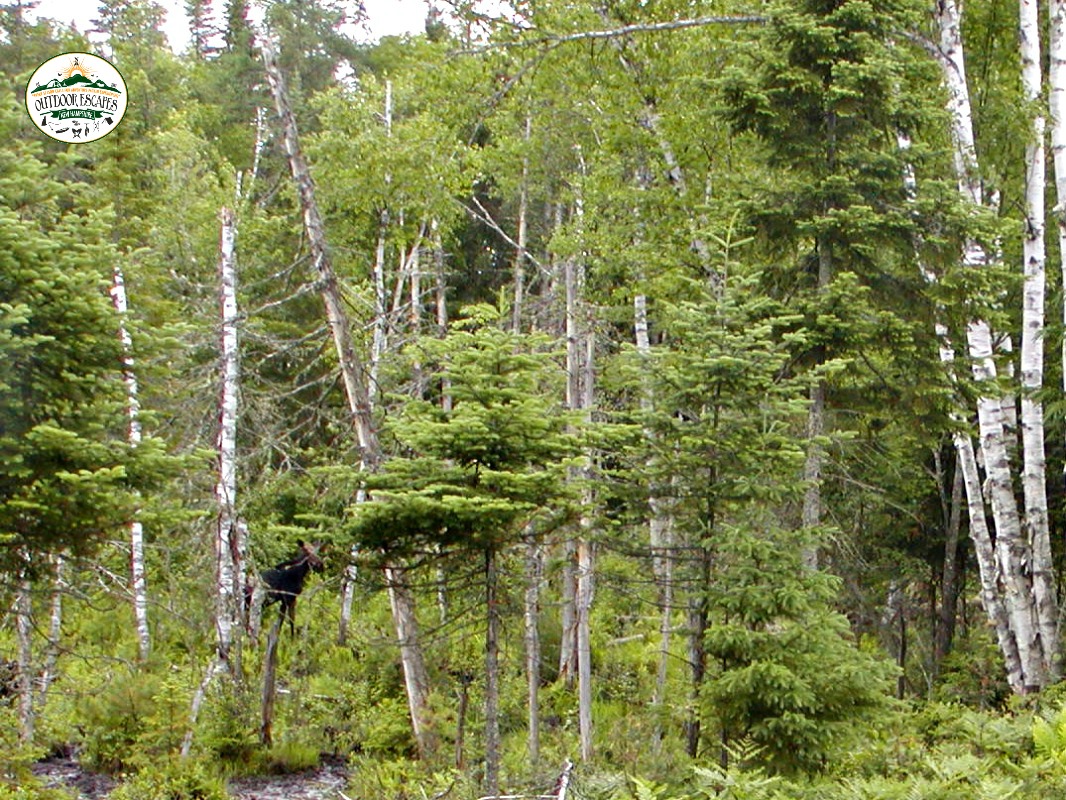
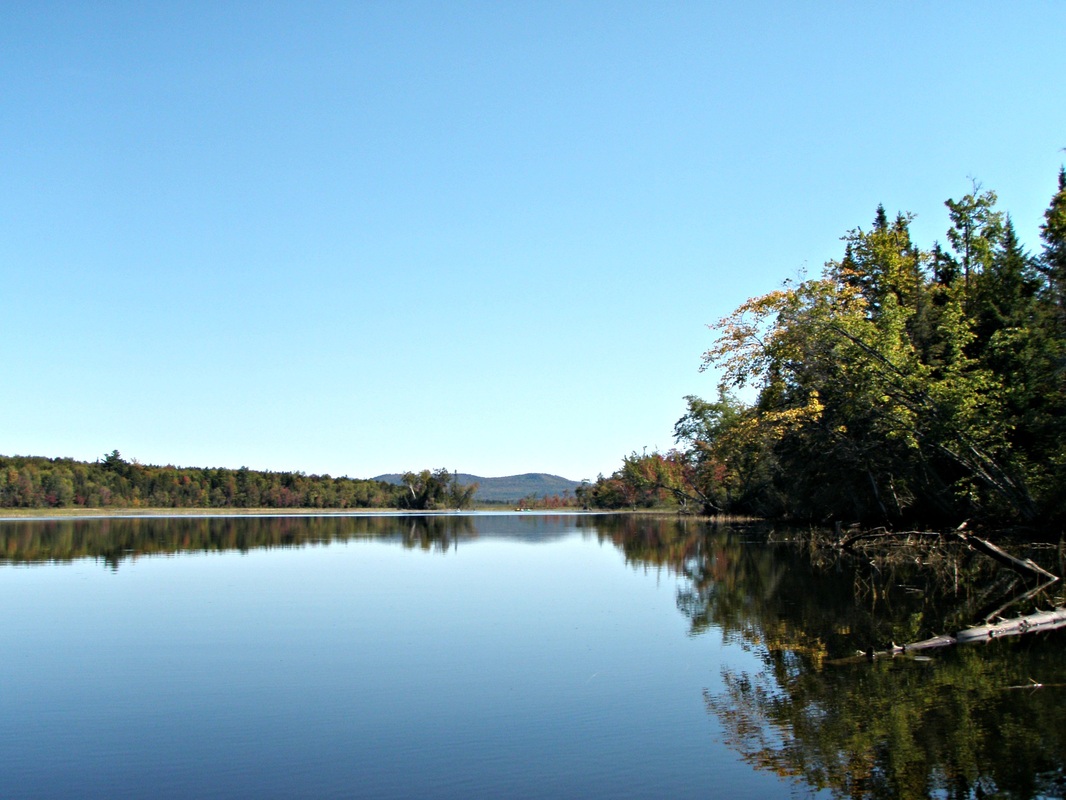
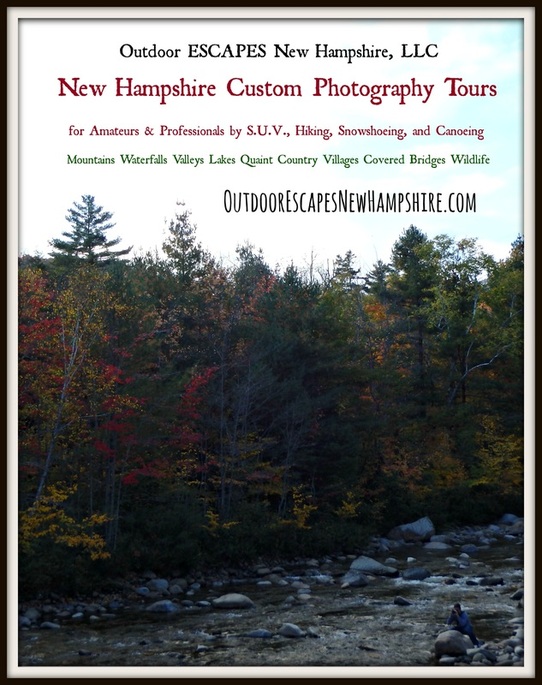
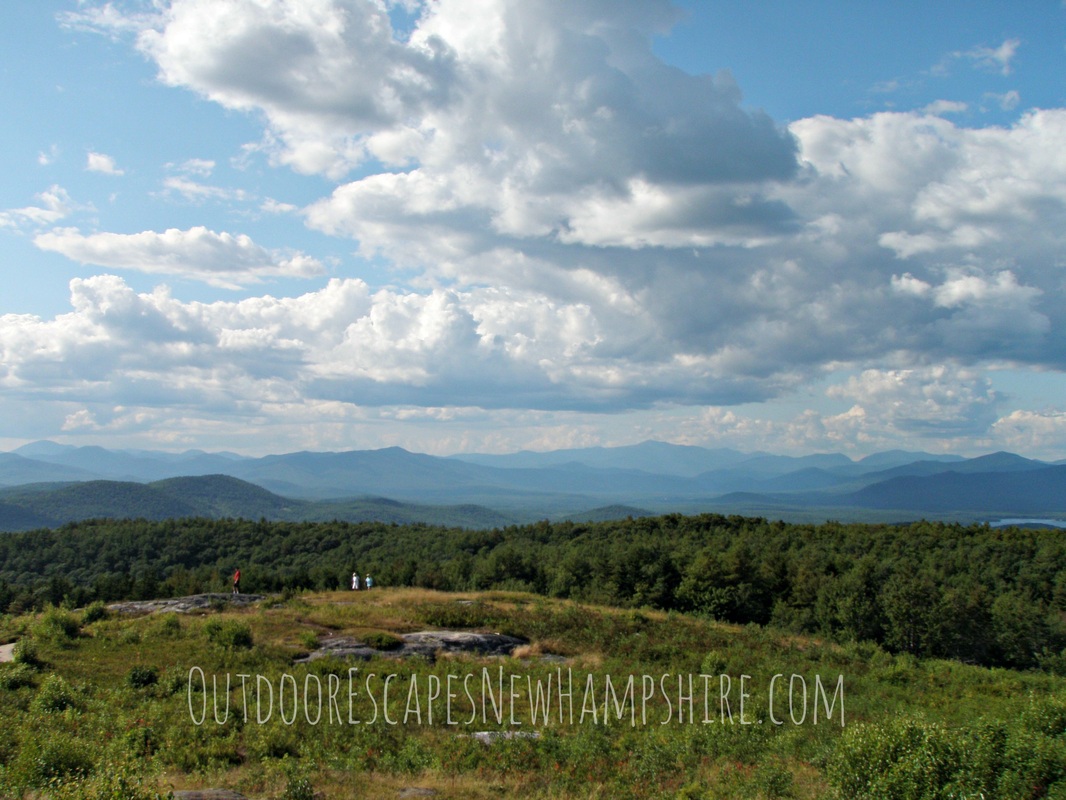
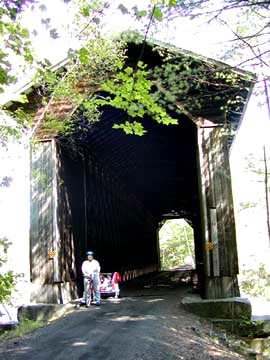
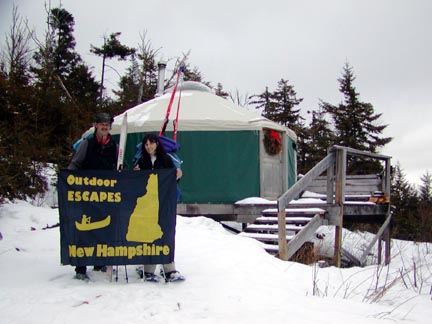
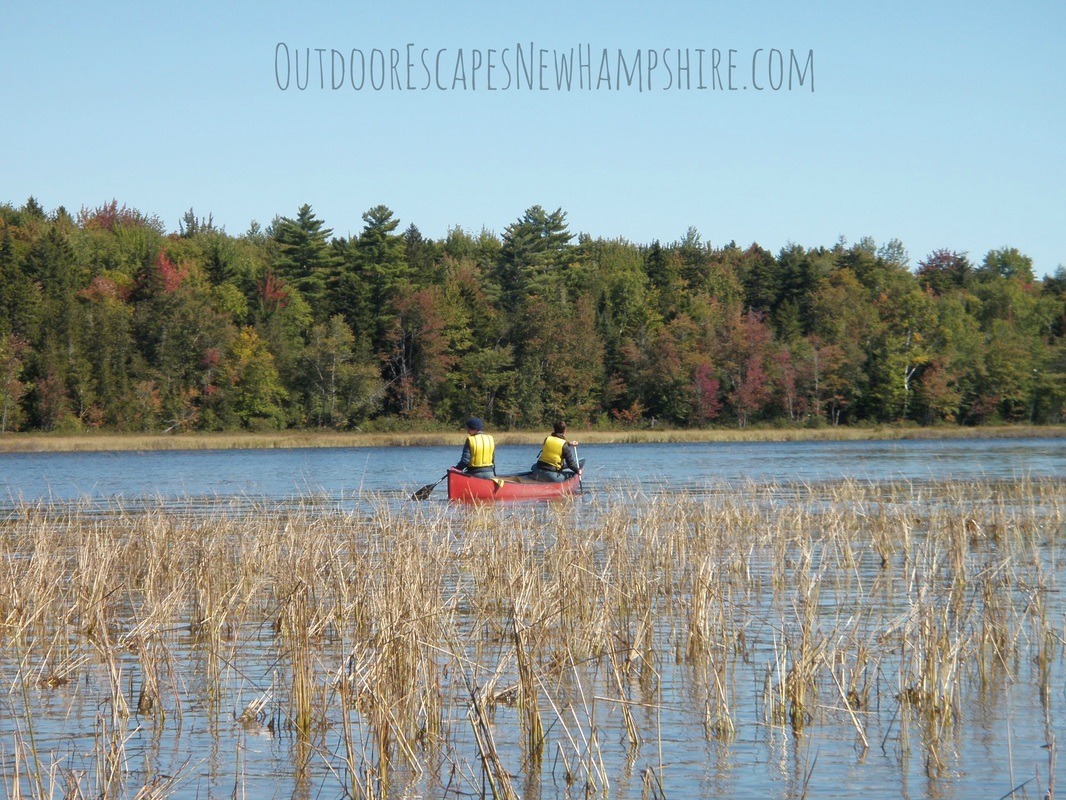
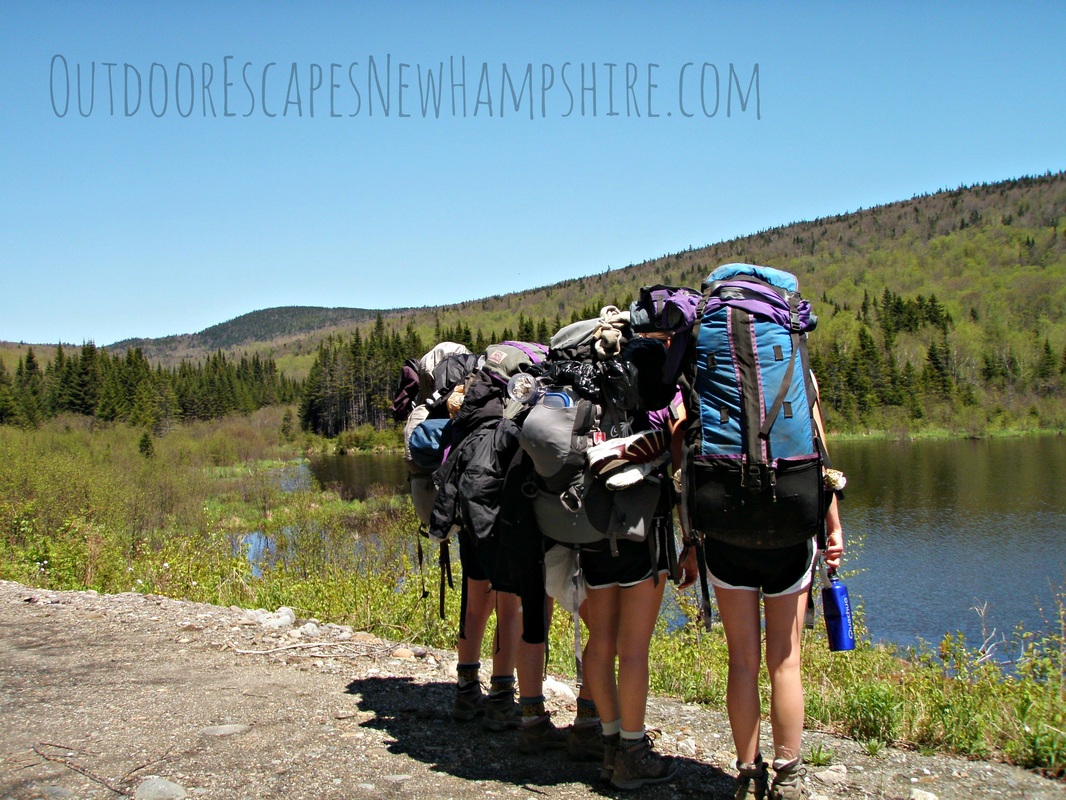
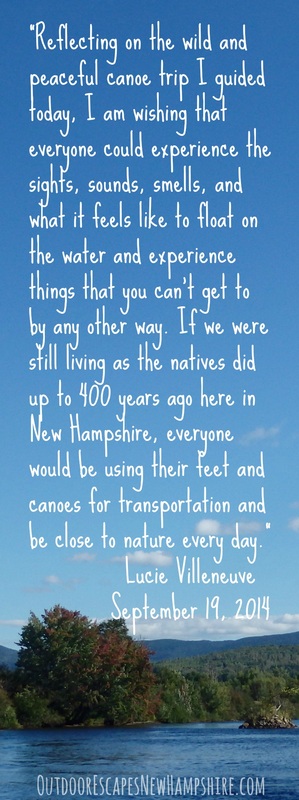
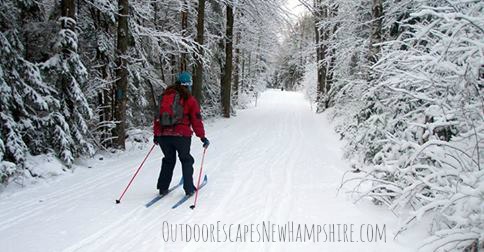
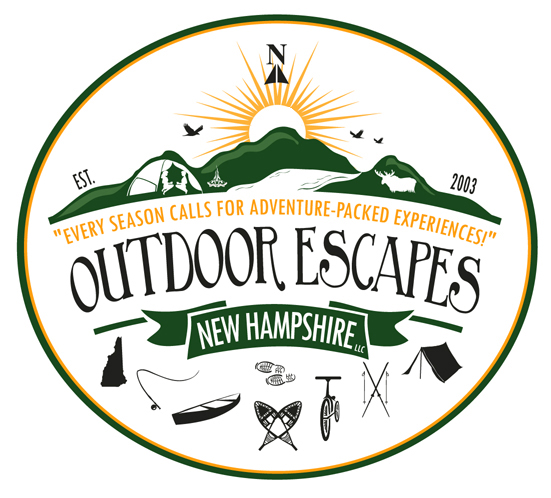
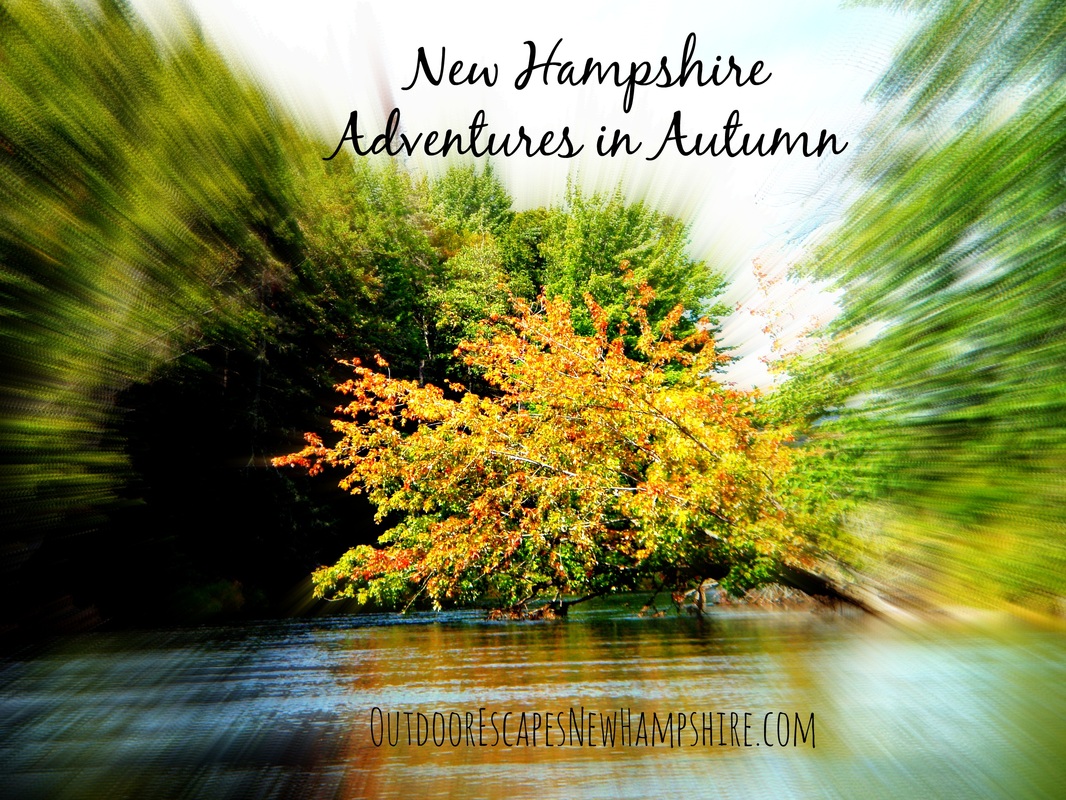
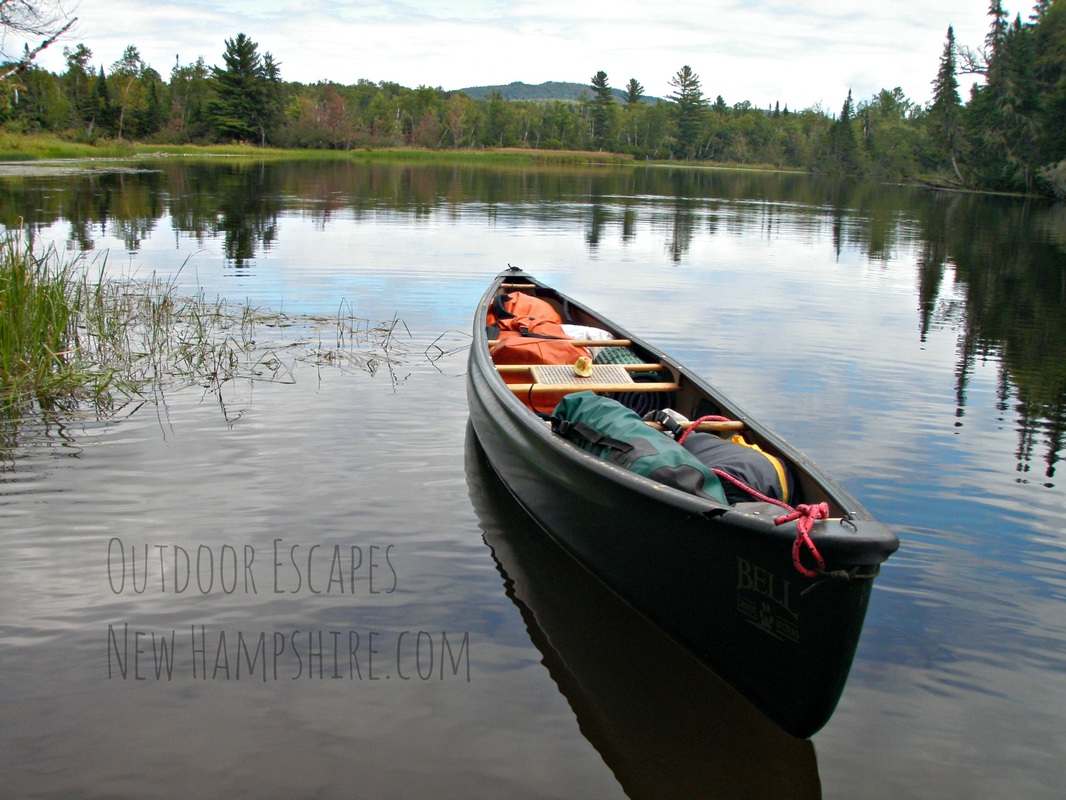
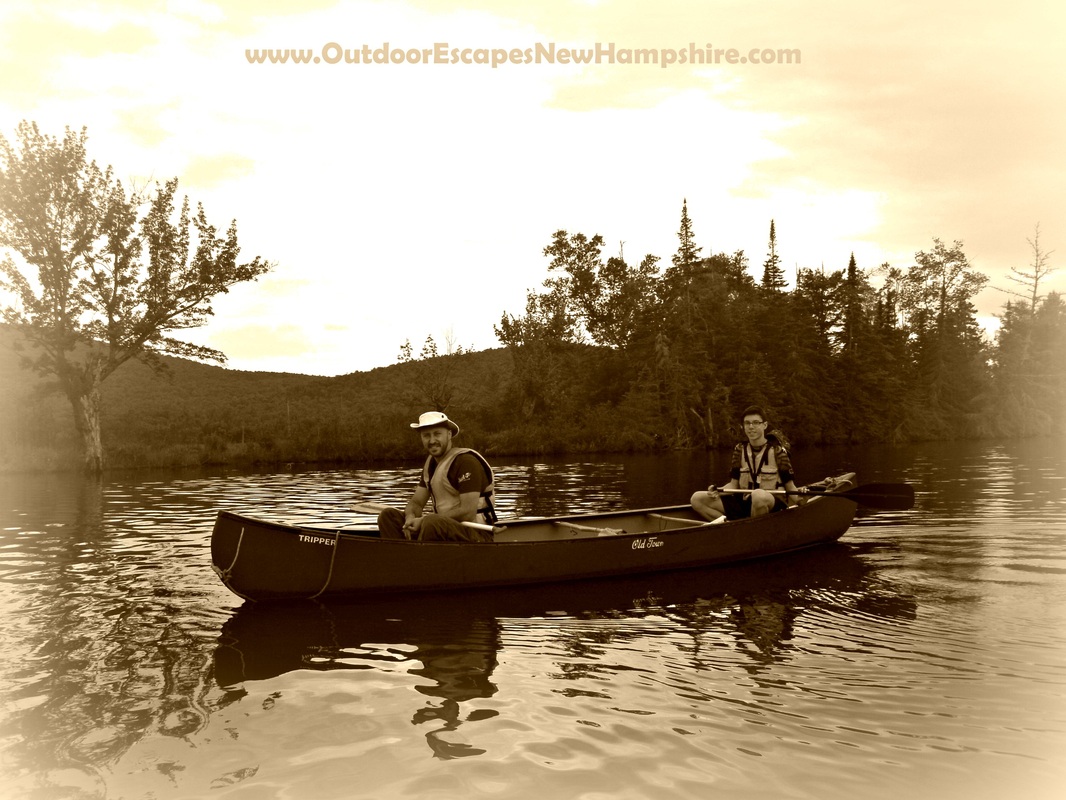
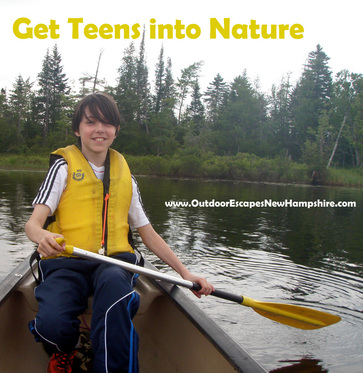
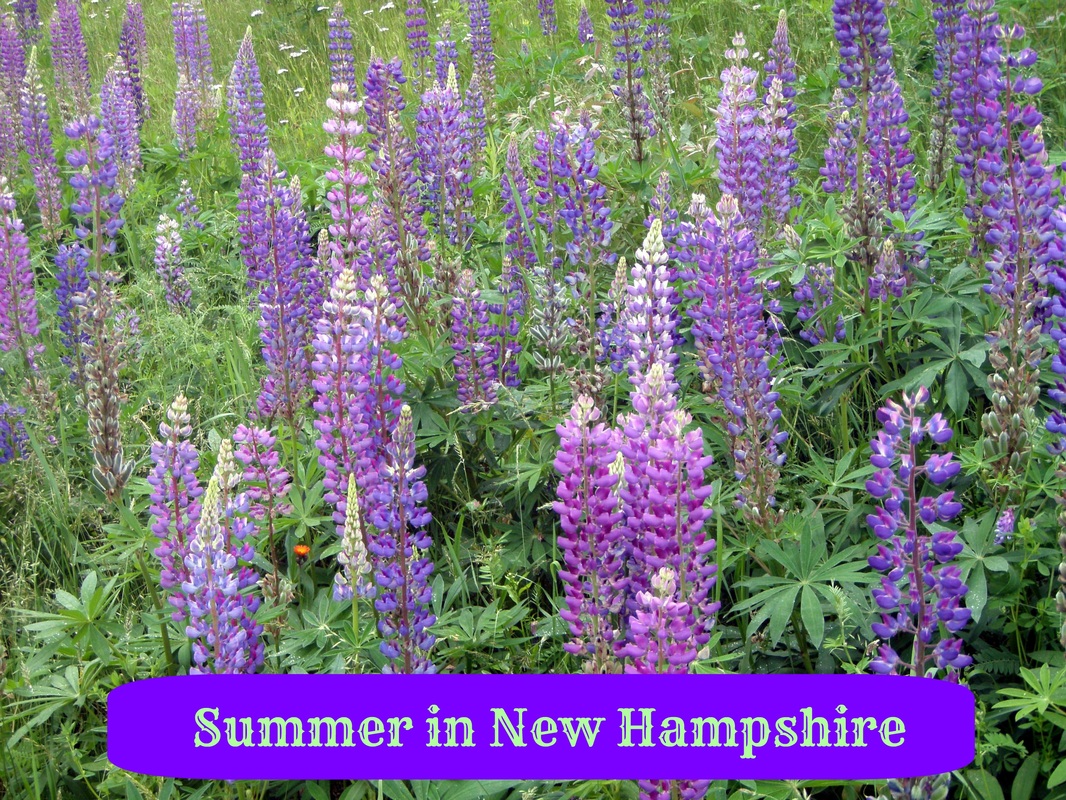
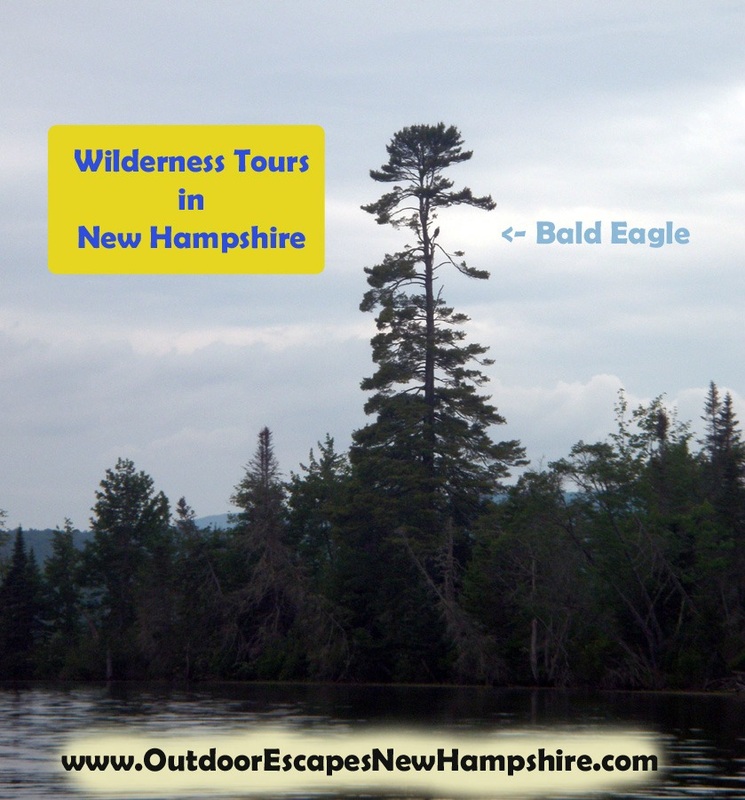

 RSS Feed
RSS Feed


